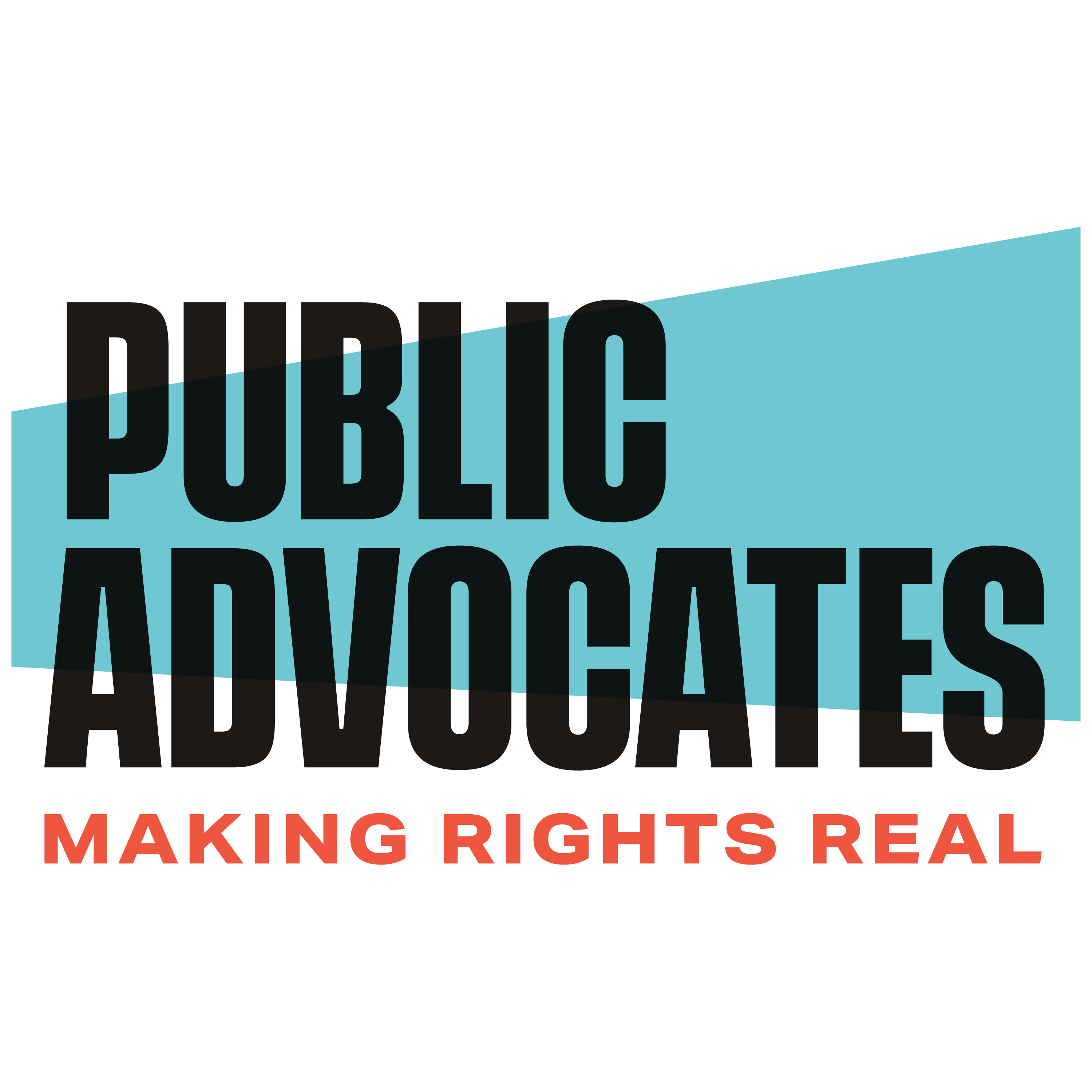Originally published in December of 2013
By Richard Marcantonio
I’ve been asked more than once why, as a civil rights lawyer, I spend so much time working with community groups to affect the outcome and implementation of planning processes. In the first part of this blog, I’ll talk about what planning has to do with the law. In Part 2, I’ll talk about the history of urban renewal as a backdrop to addressing why the participation of low-income communities and communities of color in planning is so important today, both to reduce inequality and to advance our quest to make democracy real. In the United States, law is made by:
- Legislatures and city councils, in statutes and ordinances;
- The President and governors, in executive orders;
- Administrative agencies, in regulations;
- The judiciary, in case law; and occasionally by the people through the initiative process.
But law is also made through planning processes by local, regional and state bodies. In fact, it has become increasingly common for both legislatures and executive agencies to adopt abstract legal frameworks and then delegate responsibility to make them concrete through planning agencies at the local and regional levels. For instance, California law requires every city and county to adopt a General Plan, but state statutes and regulations provide mostly high-level guidance rather than detailed requirements. A local General Plan, however, is a detailed and specific set of policies and programs that govern how particular land in a particular community may or may not be developed. Thus, creating a General Plan is law-making by another name. That has not been lost on the courts, which have called the General Plan “the basic land use charter” and “a constitution for all future development within the city.”
Similarly, Congress and the California Legislature require metropolitan regional agencies, like the Bay Area’s Metropolitan Transportation Commission (MTC), to develop Regional Transportation Plans (RTP). These RTPs have very significant legal effects, determining how billions of dollar in public funds (nearly $300 billion in Plan Bay Area alone) may, and may not, be spent.
In short, planning has everything to do with the law. In fact, local and regional planning processes have some of the most direct impacts on the daily lives of people as they figure out where to live, where to work, how to get around, how to access essential services like healthcare, and how to get quality education for their children. While General Plans and Regional Transportation Plans are high-level, long-range documents, their legal frameworks, requirements and prohibitions reach a lot closer to earth than most legal requirements. These seemingly abstract plans have very concrete effects on the communities they touch. Crucially, they determine how land will be developed and how public funds will be spent. Those decisions, in turn, have important consequences for the benefits and burdens of investment and development, and whether they are shared fairly.
For instance, does development and investment provide affordable housing and transit service that benefit low-income communities? Or does it instead burden them with things like air pollution or displacement pressures, while others reap the benefits from that development and investment?
Making law through planning has a long and troubling history. Historian Robert Self in American Babylon , his 2003 study of post-War Oakland, captured the dynamic like this: “Squeezed on all sides by the structural inequalities of the housing market, West Oakland received none of the enormous capital investment made in residential property in California between 1945 and the 1960s. Trapped on the margins of the private capital and federal subsidy pouring into new home construction, West Oakland’s best hope seemed to lie in some form of urban renewal. Almost from the beginning, however, that hope proved ill-placed and went unrewarded.” (p. 137) If planning is about law, then lawyers necessarily have an important role to play. In Part 2, I’ll take up the question of why civil rights lawyers in particular are key and why the direct participation of low-income communities of color in planning processes is critical to advancing a civil rights agenda. Answering that question will require a closer look at the history of urban renewal, which I tackle in Part 2.

